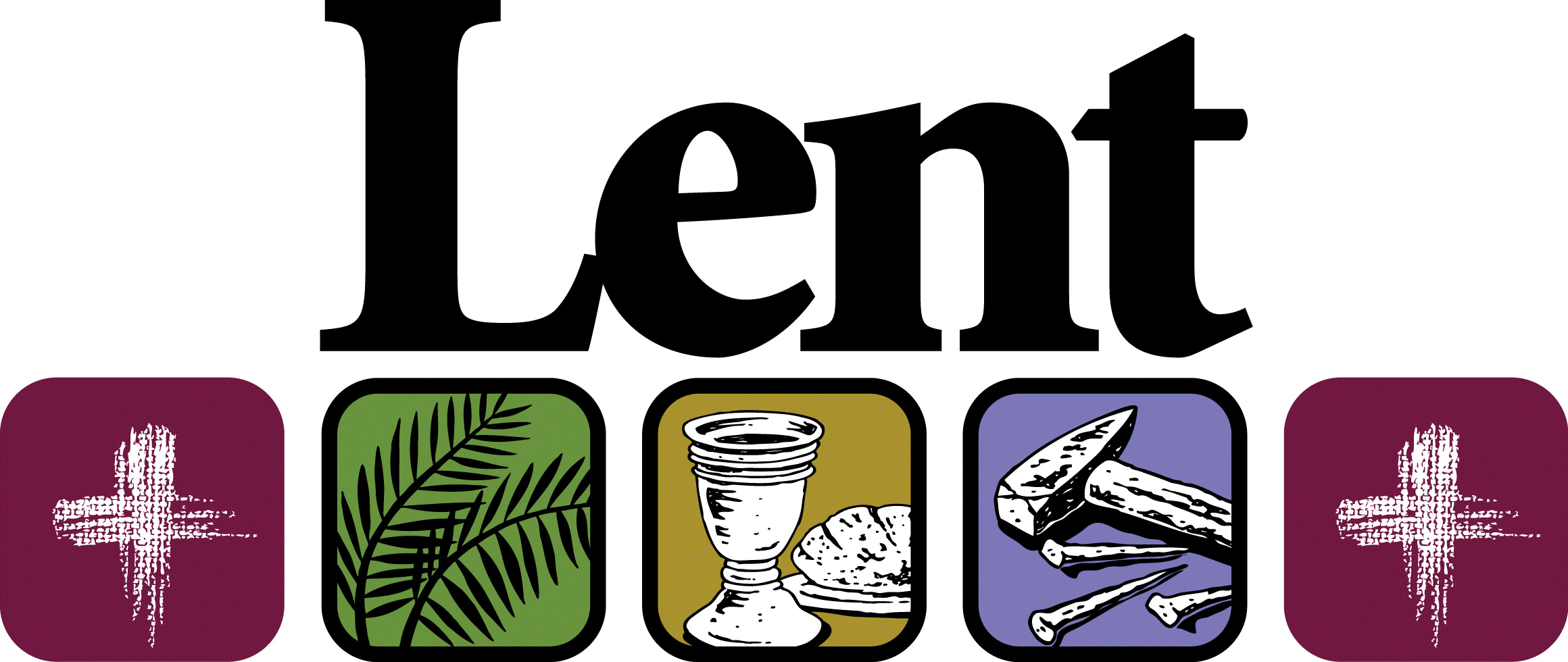
Lent
History of Lent
Lent was originally observed for 6 weeks excluding Sundays (36 days), but this was eventually extended to 40 days. This was done to parallel Christ's temptaion in the wilderness.
Fasting was observed throughout this period in the early history of the Church. One meal was always allowed per day (in the evening) and meat, fish, eggs and butter were foridden. Strict observances of fasting was discontinued among Roman Catholics during World War II and is today, is rarely observed throughout the Lenten season.




Modern Lent
However, Ash Wednesday and Good Friday are still fast days for the Catholic Church and the emphasis on Lent as aperiod of penitence remains. Many Christians, especially Catholics, choose to give up a single indulgence (like chocolate, french fries or pop) for the 40-day period as a sign of repentance and an exercise in self-control. Eastern Churches continue to observe a strict fast during "Great Lent," which begins on the Monday of the seventh week before Easter and ends on the Friday preceding Good Friday. As in the early church, meat, fish, eggs, and butter are forbidden, as are wine, oil, and dairy products.
In the Christian religion, Lent (also called the Lenten season) id a 40-day period of fasting and repentance in preparation for Easter, the Christian holiday that celebrates the resurrection of Jesus Christ. Although there are differences in practice and expression of recognizing Lent, all major Christian denominations observe the season. The first day of Lent is called Ash Wednesday, which may be remembered for the practice of observers getting a cross marked on their forehead with ash.
